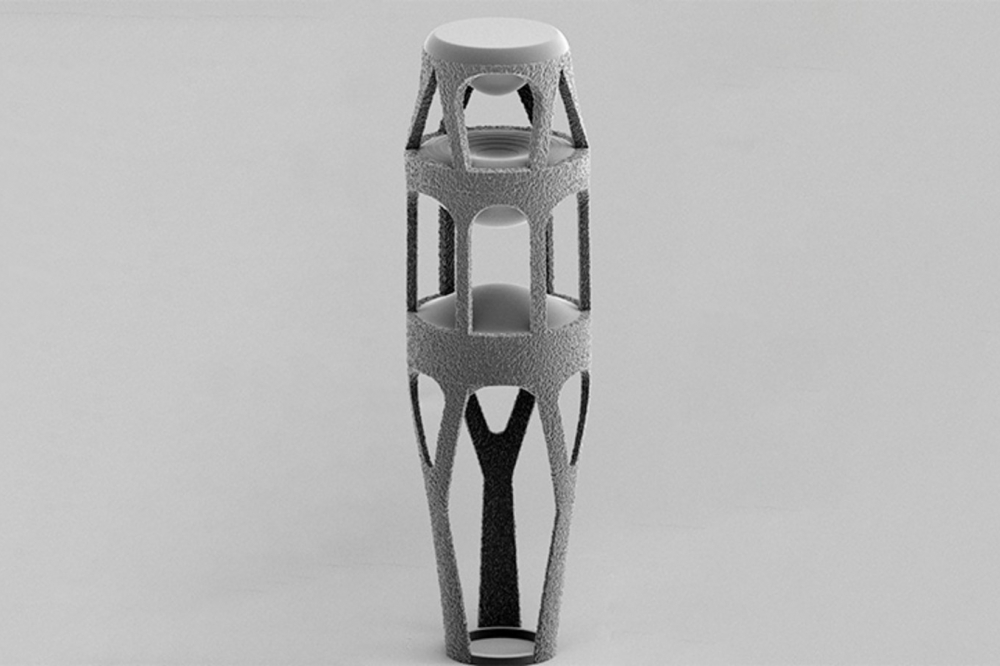Nanoscribe introduces novel 3D printing technique for photonics

Nanoscribe, a company specialising in 3D printing and lithography systems, has introduced a new 3D microfabrication technology: 3D printing by Two-Photon Grayscale Lithography (2GL). The company says that, with its high accuracy and throughput, the technique could advance photonic chip manufacturing.
Nanoscribe says its 2GL technology merges the high resolution of Two-Photon Polymerisation (2PP) with a unique, patented voxel tuning process to achieve significantly fewer printing layers, making it the fastest 2PP-based 3D printing technology with unparalleled shape accuracy and superior print quality. It could pave the way for new applications, such as manufacturing even more filigree micro-optical systems with higher quality in shorter print times. The company has also added 3D printing by 2GL to Quantum X align, its 3D printer for precision alignment on optical fibres and photonic chips.
Describing the printing process, Nanoscribe says it relies on dynamic modulation of laser power in real time while scanning at highest speed, resulting in a precise size adjustment of the polymerising voxel to perfectly match the contours of any 3D shape. In this way, 3D printing by 2GL aims to produce flawless, optical-grade surfaces and the finest, submicron features, without any slicing steps or shape distortion – just the real shape of any 3D print design.
Nanoscribe also says that 3D printing by 2GL offers an upgrade in manufacturing speed; the technique’s dynamic voxel tuning requires significantly fewer printing layers, making it the fastest 2PP-based microfabrication technology on the market, delivering higher throughput at the same print quality for a given design. Thus, it has the potential to significantly advance micro-optics manufacturing and photonic packaging.
With the addition of this technique, Nanoscribe aims to optimise Quantum X align for printing micro-optical elements with high placement accuracy and automatic alignment on optical fibres and photonic chips. With its manufacturing quality and speed, 3D printing by 2GL seeks to advance the industrialisation of Free Space Micro Optical Coupling (FSMOC) as a highly robust and efficient light coupling solution for photonic packaging and integration.



































